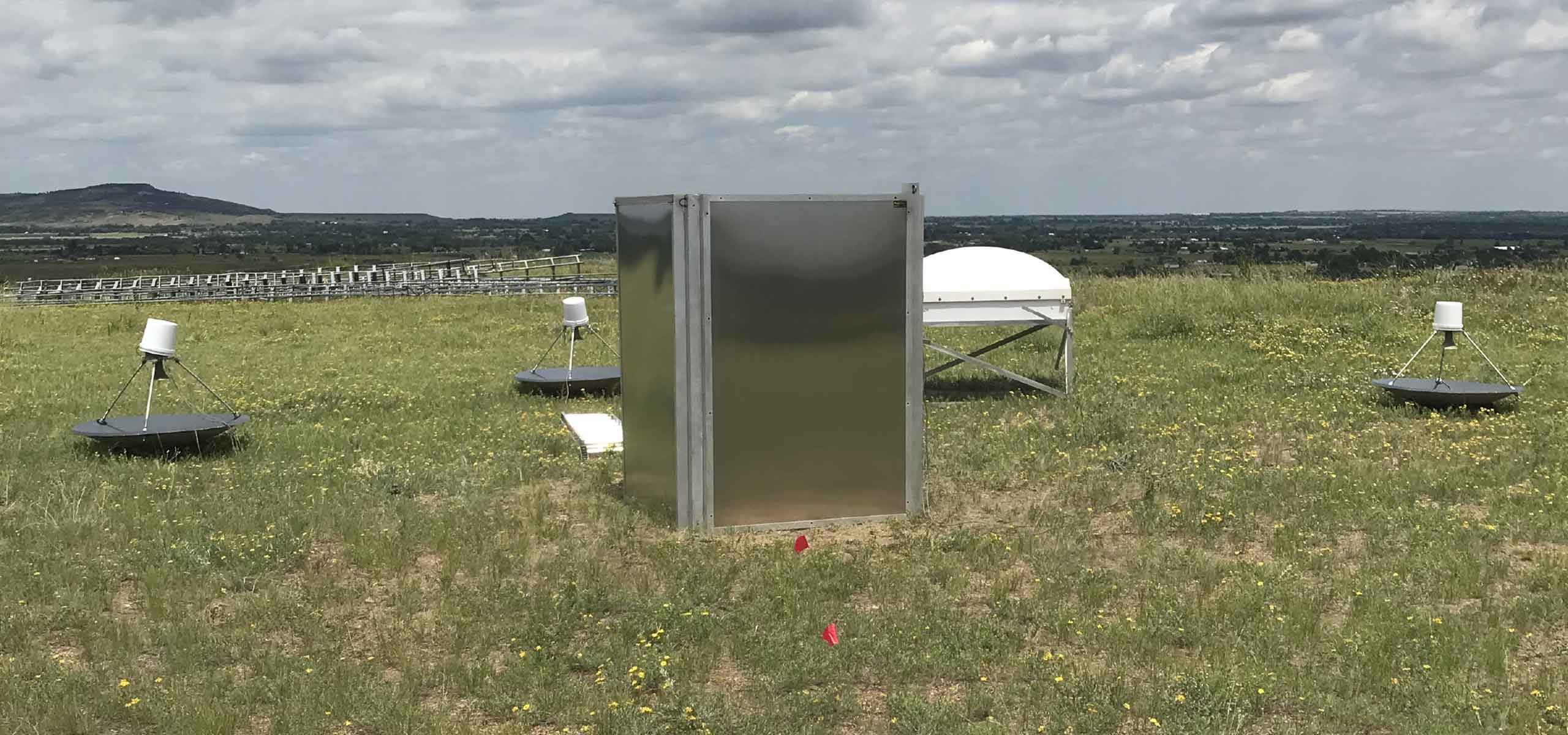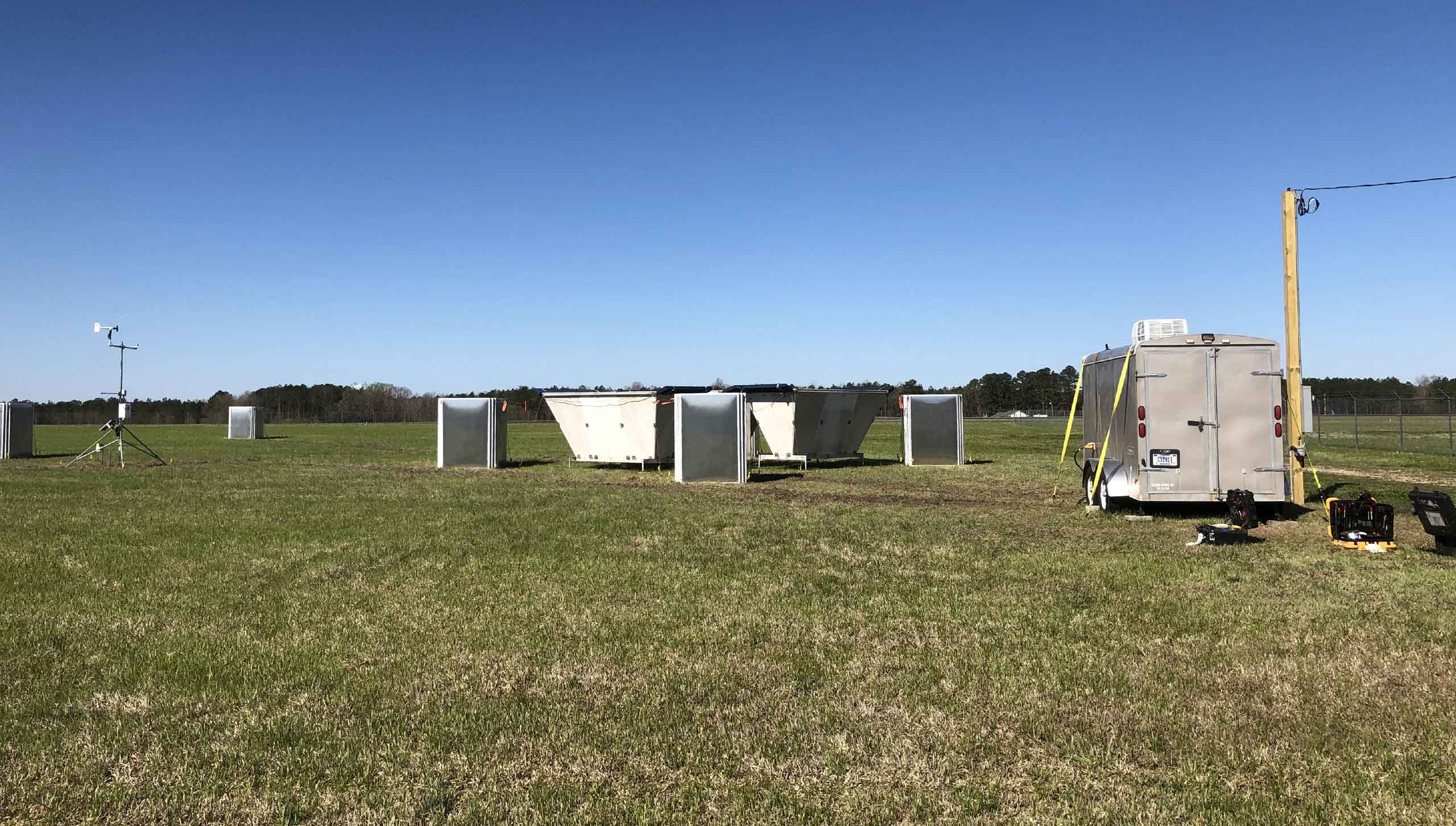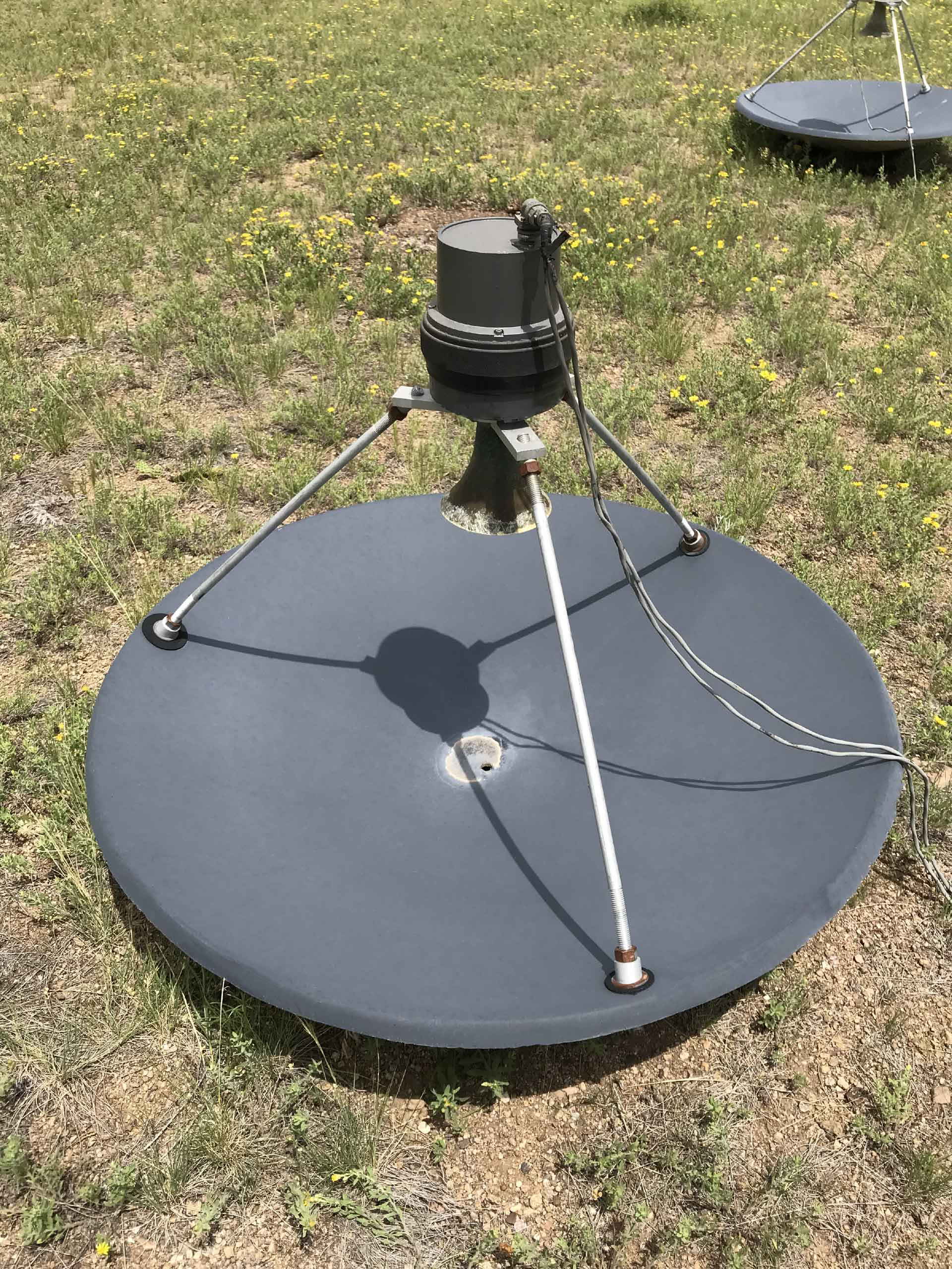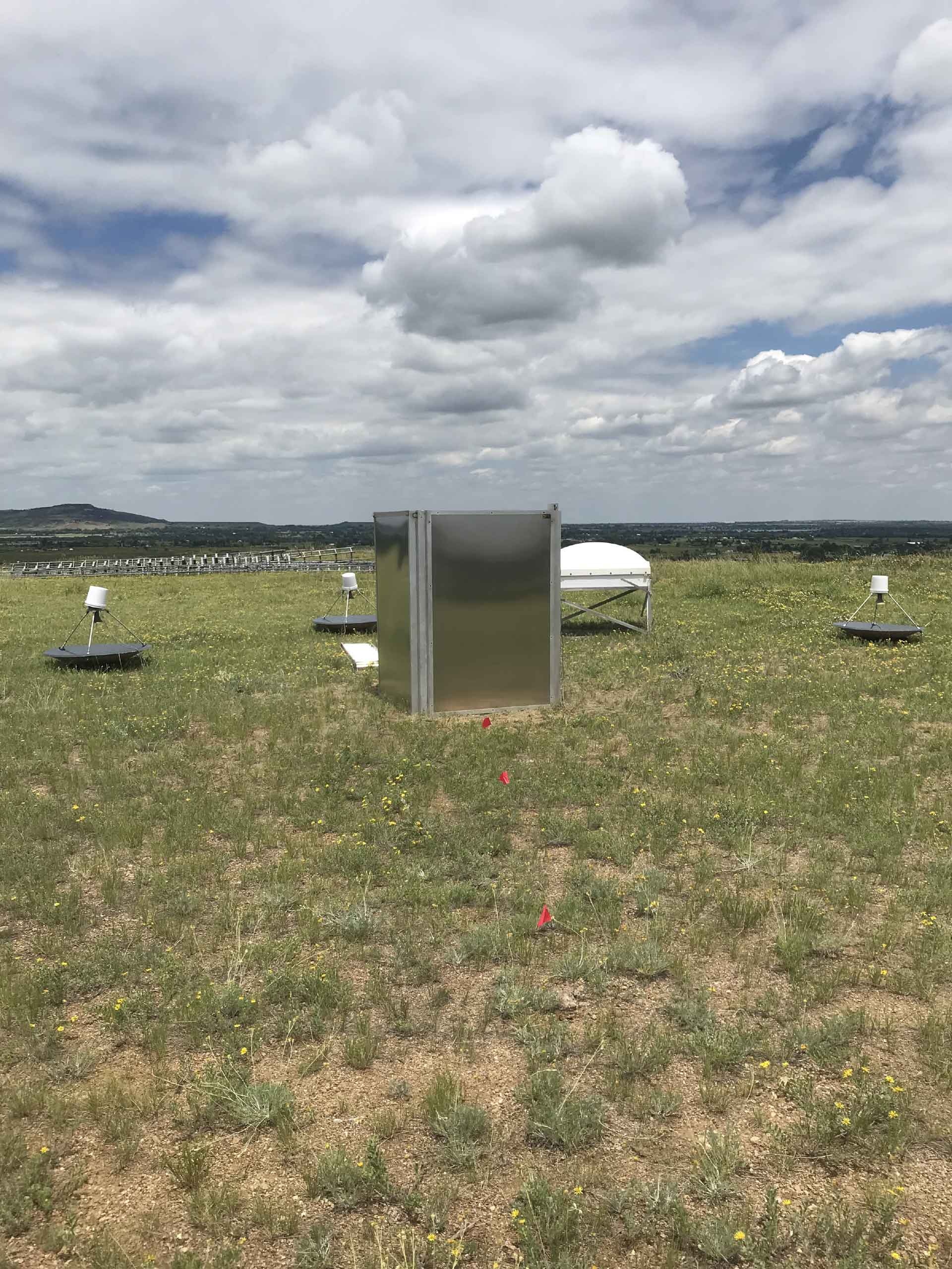NOAA
RASS Noise Enclosures – Acoustiblok’s AWSP’s® were used to create mobile enclosures for the National Oceanic and Atmospheric Administration’s Radio Acoustic Sounding Systems. Per the representative from NOAA:
“We have had the enclosures in the field for about 5 months now and we are very happy with them. Everyone agrees that the Acoustiblok enclosure is a big improvement over our home made panels. The sound of the transducer noise seems reduced more than we expected. When I did my RASS field test of the first enclosure you made for me to test, I got a reduction in noise compared to our home made panels with acoustic foam. The difference is quite noticeable when we put them in the field with 4 to 8 sources going at the same time, so everyone was happy about the noise reduction and I don’t think the new Acoustiblok enclosures have diminished our acoustic return that we use to determine the atmospheric temperature at these sites.

We use the transducers to send an acoustic signal into the atmosphere via the parabolic dishes. The Acoustiblok enclosures help reduce the ambient sound to the immediate surrounding area in case there are people nearby. The sound level above the transducer at the top of the enclosure is about 110 dB, so pretty loud. Our radar detects the sound waves at a specific frequency and the data is compiled into a temperature profile to display the atmospheric temperature from about 600 feet above ground level to 6000 feet, depending on weather factors.”

NOAA – RASS Noise Enclosures

Radio acoustic sounding systems (RASS) measure (virtual) temperature remotely, usually looking vertically from the ground. RASS uses a radar to measure the speed of propagation of an acoustic disturbance and derive therefrom the virtual temperature. Virtual temperature is the temperature of dry air at the same density as the moist ambient air, and is the appropriate measure for air density. It is up to a few degrees larger than (kinetic) temperature in very humid (tropical) conditions.
Probably the most common application for RASS is in field measurements for air quality studies. Approximately 30 to 50 wind profiler systems with RASS capability are in use throughout the world for these applications. Many of these are deployed on a campaign basis, while others are at fixed locations such as power plants. Important parameters measured by RASS in air quality applications are mean temperature, temperature profiles, and mixing depth.


The most common wind profiler RASS can measure virtual temperature from approximately 150 m above ground level.The height coverage is limited by the attenuation of the acoustic signal, which at these acoustic frequencies (2-3 KHz) can be as much as 20 dB km-, and by the advection of the acoustic signal out of the radar beam by the wind. The coverage therefore depends on temperature, humidity, and wind speed.
The temperature affects the rates of chemical reactions determining air quality. The vertical profile of temperature can also aid in diagnosis of air transport and other meteorological phenomena affecting air quality.


